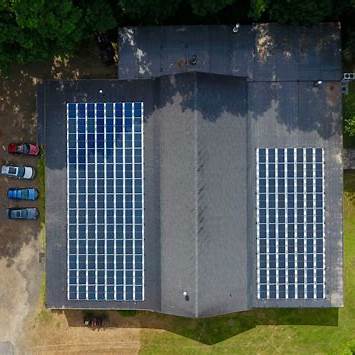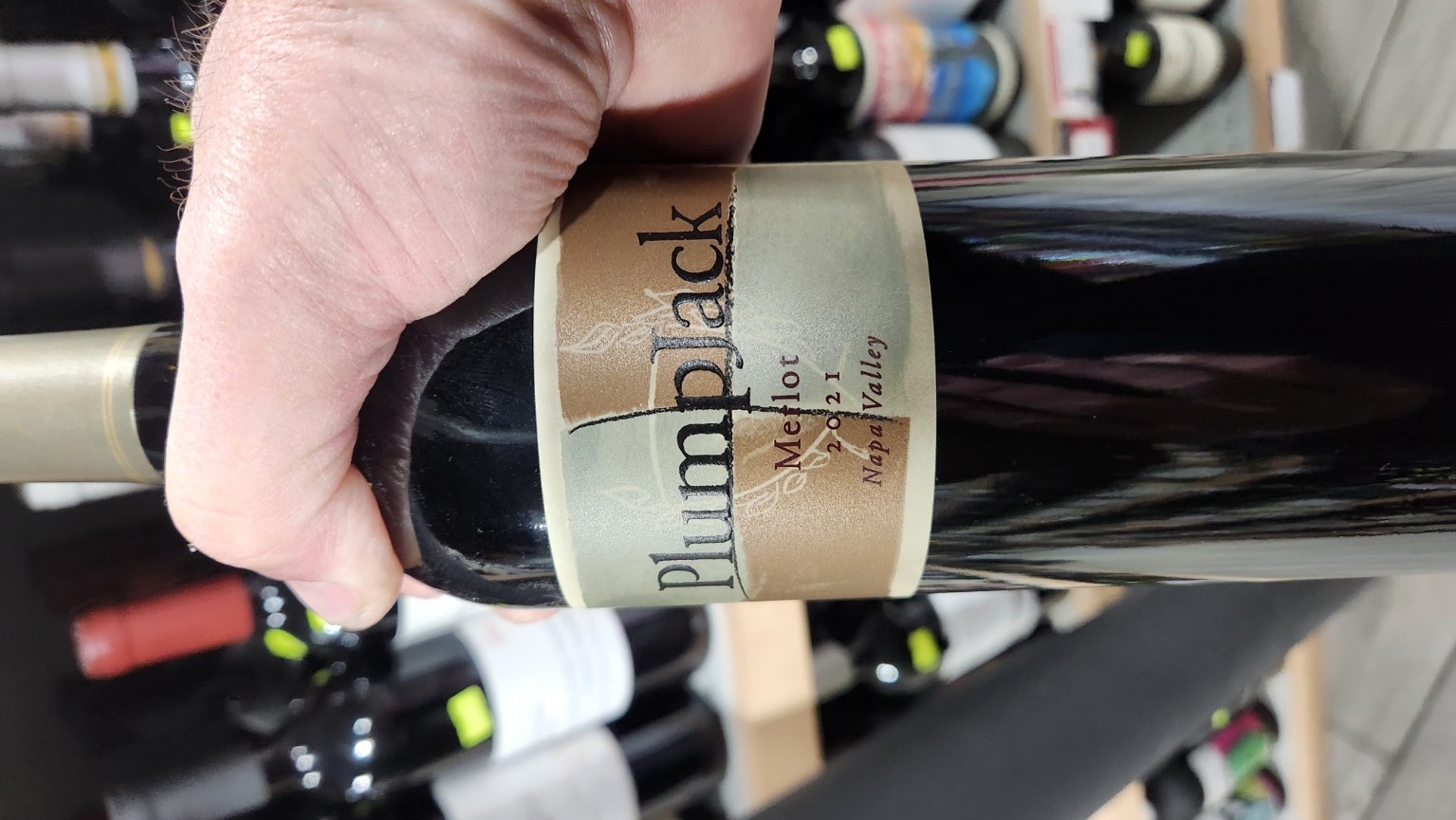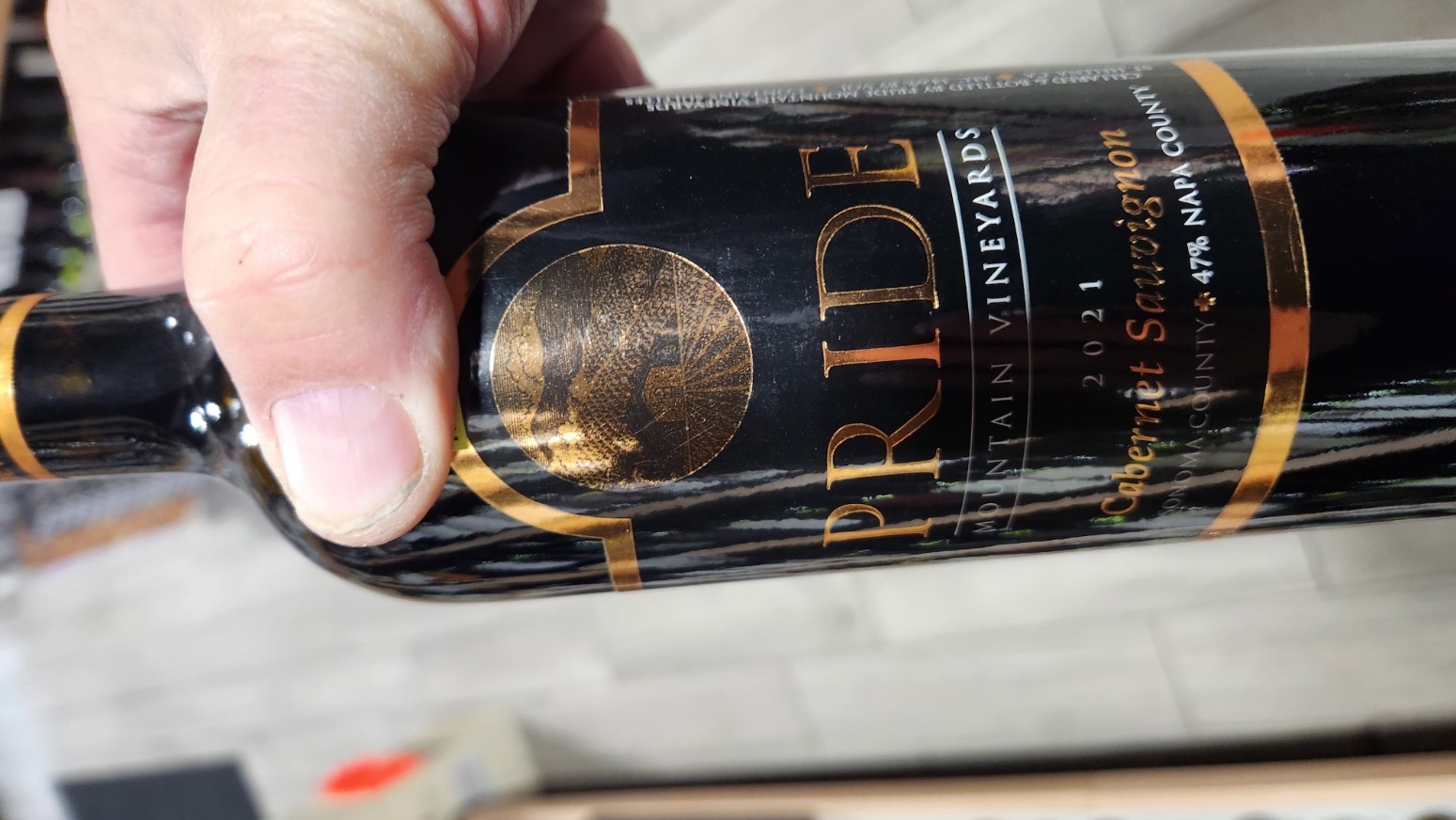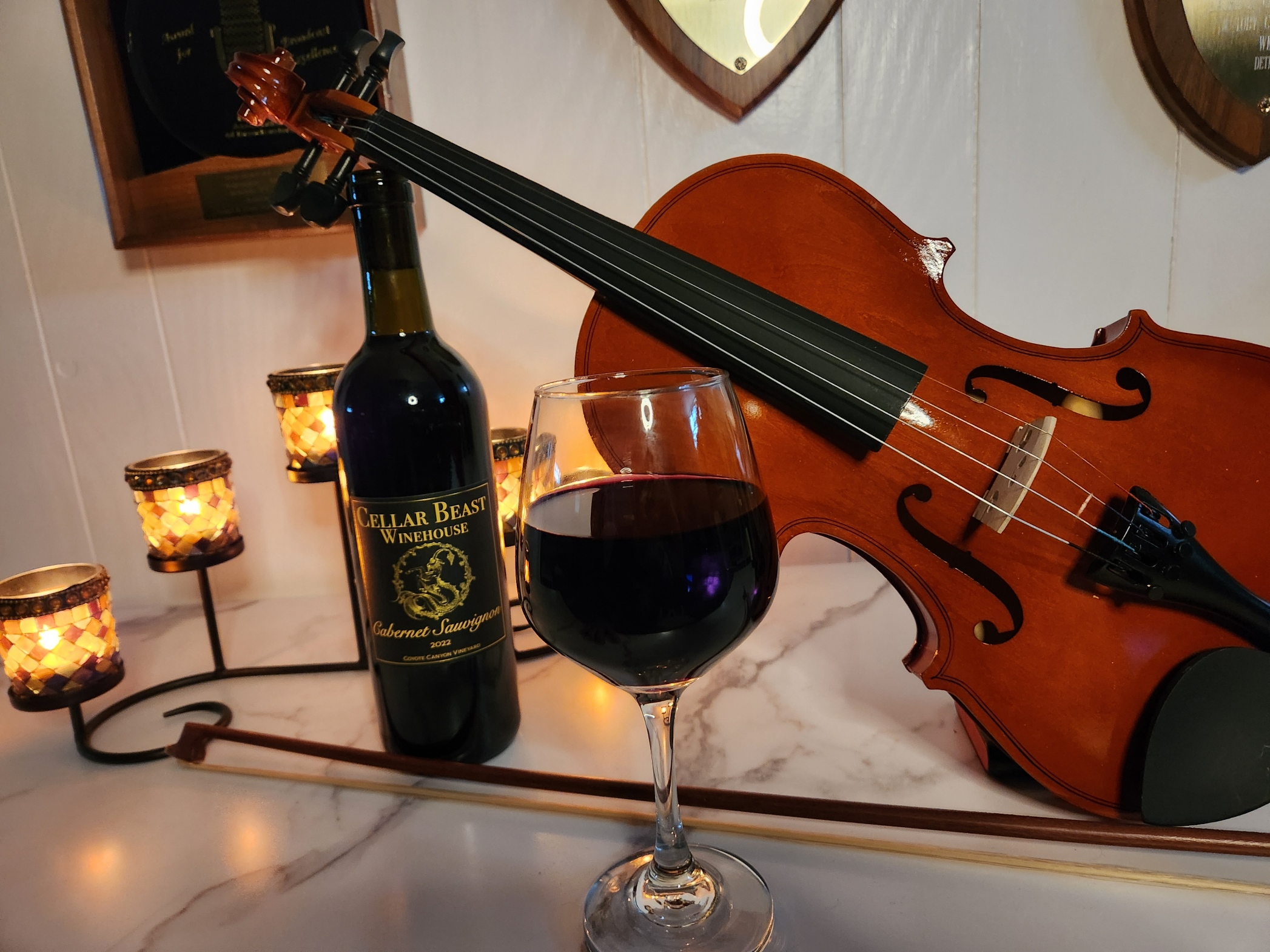Every time I raise a glass of bourbon, I feel a quiet thrill—there’s history in that amber liquid, whispers of charred oak, cornfields in summer, the slow tick of time in a warehouse. But lately, another thought has joined that reverent hush: where that bourbon came from, how it was made, and what it did on its way to the glass.
Over the past few years, I’ve found myself drawn deeper into a movement quietly redefining luxury in our circle of bourbon aficionados—the convergence of sustainability, regenerative agriculture, and premium spirits. It’s no longer enough to offer an exquisite nose and finish; the provenance behind that nose and finish is now part of the story.
In this post, I’ll take you through what I’ve learned (and what I’ve watched unfold) in the world of sustainable and regenerative bourbon: the innovations, the challenges, the promise—and a few surprises along the way.
Turning the Distillery Green: Carbon Neutral & Renewable Energy
I remember the moment I read about a new distillery in Kentucky that claimed to be carbon neutral. I almost laughed—could a facility powered by elements so energy-intensive actually claim zero net carbon? But it’s real.
This distillery, built in Lebanon, Kentucky, is designed to run entirely on renewable electricity. Every phase—from cooking the mash to distilling, drying, lighting, and steam generation—is electrified. They use electrode boilers, LED lighting, and partner with solar and wind energy suppliers to offset energy demands.
They also employ a virtual metering system to monitor water, electricity, and steam usage in real time, so that inefficiencies can be addressed quickly. With these technologies, they estimate avoiding more than 117,000 metric tons of carbon emissions annually—enough to take tens of thousands of cars off the road in carbon terms.
When I first heard that, I thought: “If a bourbon distillery can operate like that, what’s stopping the rest?”
Soil, Corn & Regeneration: The Root of the Bourbon Ecosystem
A distillery’s carbon story is only half the picture. The real magic lies upstream, in the fields and soils. Bourbon is, at its heart, a grain spirit—and grain grows in soil. If that soil is degraded, overworked, and rocked by chemical overload, the flavor (and ethics) suffer.
That’s where regenerative agriculture steps in. Over the last few years, distilleries and agricultural groups have begun incentive programs directing corn farmers (especially in Kentucky) to adopt cover cropping, minimal tillage, diversified crop rotations, and precision nutrient management. The goal? Restore soil health, sequester carbon, reduce runoff, and build resilience.
One major program in Kentucky pools efforts among several distillers who commit financial and technical support to farmers adopting regenerative practices. They aim to scale this across tens of thousands of acres, converting conventional farmland into living, breathing carbon sinks.
Walking through one of those fields last summer, I felt the soil—loose, moist, alive—and I realized: this is where the real alchemy begins, not in copper stills but in roots and microbes.
Beyond Greenwashing: Ethics, Transparency & Certification
I’ll admit: “sustainable” is a marketing buzzword, and many spirits brands use it loosely. But the bourbon producers I’m most excited about are going deeper: they’re pursuing B Corp certification, aligning their practices to third-party standards of environmental and social performance. They're committing to community investment, forest conservation (especially of white oak, the backbone of Bourbon barrels), and rigorous waste reduction.
One distillery I’ve followed has built its own farm to trial climate-resilient grain varieties under regenerative practices—wheat strains, corn lines that can handle drought or shifting weather patterns—so they can reduce risk and ensure flavor integrity.
And transparency is becoming nonnegotiable: some distilleries are making data public, offering barrel-to-bottle traceability, publishing sustainability reports, and opening their cooperage and water systems for tours. As an enthusiast, I want to read those numbers; I want to peer behind the curtain.
Why It Matters to the Luxury Bourbon Drinker (Me Included)
You might ask: “Is this meaningful to flavor, or just virtue signaling?” From where I stand, it’s both.
- Taste & character: Healthier soils mean more balanced grain, better consistency, less reliance on “correction” in distilling to mask flaws.
- Authentic story: When I serve a bourbon that was made using regenerative corn, I can speak to the soil, the farmer, the forest. That adds weight to every sip.
- Future-proofing: Climate change, regulatory pressure, consumer expectations—all push the industry to evolve or risk obsolescence.
- Emotional connection: We invest in bourbon not just as liquid but as legacy. A bottle with stewardship baked in has a different resonance.
When I pour such a bourbon at my own tasting evenings, I don’t lead with “this is an eco-bottle,” I let the spirit speak. But later, when the guests ask where it came from, I have a deeper story to tell.
Challenges & The Road Ahead
Of course, this road is not without potholes:
- Upfront cost: Electrified equipment, solar arrays, farm incentives—they all require capital. Small distillers may struggle.
- Knowledge gap: Regenerative farming is site-specific, experimental, and requires agronomic support, not one-size-fits-all.
- Measurement complexity: Carbon accounting, soil carbon credits, water flows—all are hard to track accurately.
- Consumer skepticism: Some drinkers may view “sustainable claims” with suspicion unless backed by evidence.
- Scale vs. craft tension: How to maintain micro-lot character while scaling ecological practices?
Still, I believe distilleries that take this seriously will lead the modern luxury bourbon era.
My Favorite Thought — A Small Ritual
Here’s something I do now: before I open a green-produced bourbon, I pause. I think of the field it grew in after the harvest, of rain that seeped through cover crops, of the cooper who shaped that oak stave, of renewable electrons powering the distillation. Then I open, nose, sip—and feel like I’m part of something larger than a beverage.
To me, sustainability adds dimension. It doesn’t replace flavor—it deepens it.










